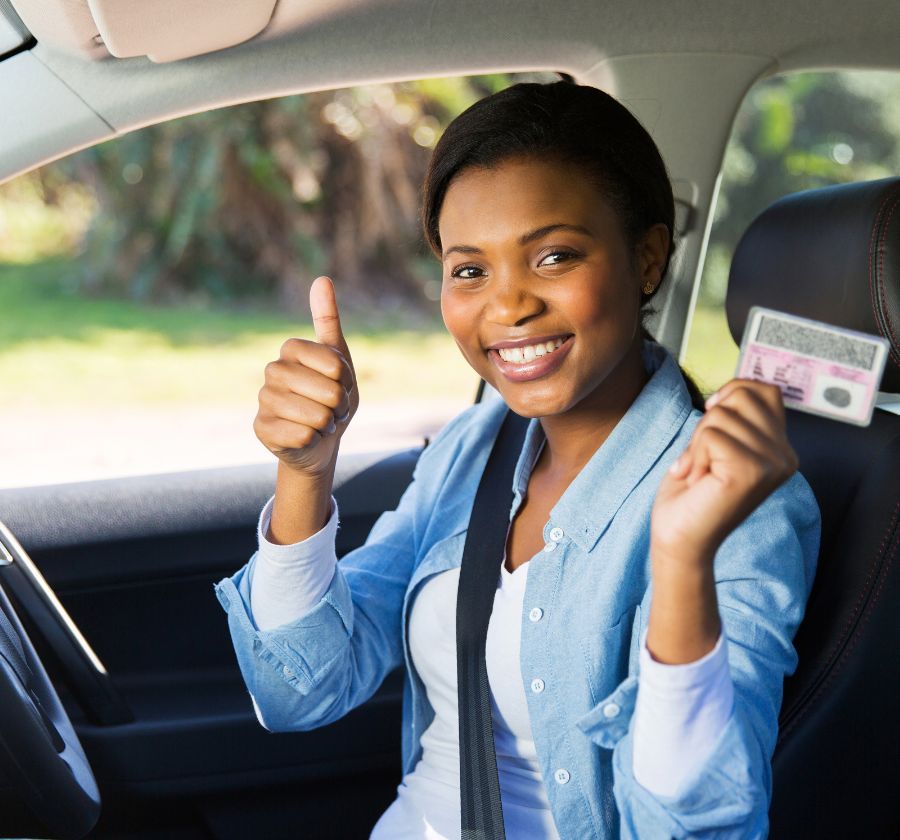How to Get a Driver’s License After Arriving in Canada: Step-by-Step Guide

Arriving in Canada means adjusting to new systems, and driving is often a priority. Whether you’re here to study or work, knowing how to get a driver’s license—or exchange your foreign licence—helps you stay independent and mobile. This guide explains the steps, timelines, and documents you need.
Can I drive in Canada with my foreign license?
Yes, but only for a limited time. Most provinces allow you to drive using your valid foreign license for 60–90 days after you arrive. After that, you must get a Canadian driver’s license.
How do I exchange my foreign license for a Canadian one?
If your home country has a license exchange agreement with Canada, you can swap your license without retaking a driving test.
Steps to exchange:
- Check your eligibility: Visit your provincial licensing website (e.g., Ontario’s DriveTest, ICBC in BC).
- Gather documents: Bring your passport, immigration status proof (study or work permit), and your current foreign license.
- Take a vision test: All provinces require this.
- Submit fees: Fees vary but are typically CAD $75–$150.
- Receive your Canadian license: In most cases, it’s issued on the same day.
Depending on your driving experience and the country your license is from, you may need to take a written knowledge test and/or a road test before receiving your Canadian license.
What if I need to take the driving tests?
To obtain a Canadian driver's license, you must take the following two tests:
- Knowledge test: Covers Canadian road rules. Study guides are free online or at licensing centres.
- Road test: Book early—slots can fill fast, especially in cities like Toronto or Vancouver.
Tip: If you already have over two years of licensed driving experience abroad, bring official proof (translated if not in English or French) to skip beginner stages.
Required documents across provinces
While exact lists vary, you generally need:
- Passport and immigration status document (study or work permit)
- Proof of address in Canada (e.g., rental agreement or utility bill)
- Valid foreign driver’s license
- Driving experience letter (if applicable)
Helpful resources
- Ontario: DriveTest
- British Columbia: ICBC
- Alberta: Alberta Transportation
For more details on Canadian arrival essentials, see our BorderPass newcomer guide.
Recap
Getting your driver’s license in Canada depends on where you come from and how long you’ve been driving. Some newcomers can exchange their licenses quickly, while others must pass local tests. Understanding the rules early prevents delays and keeps you on the road legally.
Next reading
Canada Remains a Top Choice for Newcomers Planning Their Future
Faster Study Permits for Graduate Students: What Changes in 2026
Balancing Work and Study as an International Student in Canada
Featured articles
Canada Remains a Top Choice for Newcomers Planning Their Future
Faster Study Permits for Graduate Students: What Changes in 2026
Explore other topics
Take the next step in your journey today
Use the chat button in the bottom-right corner of your screen to get in touch.











